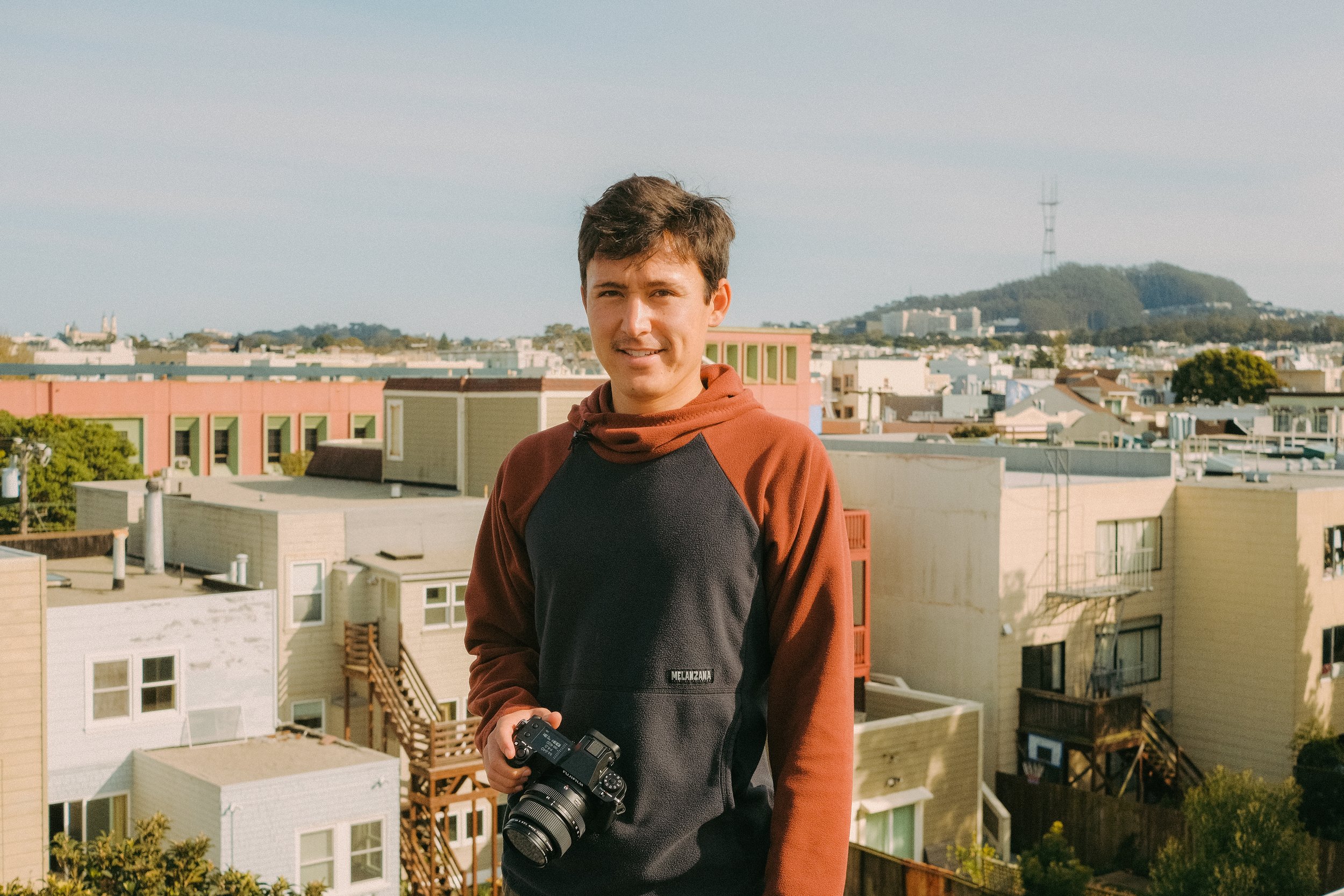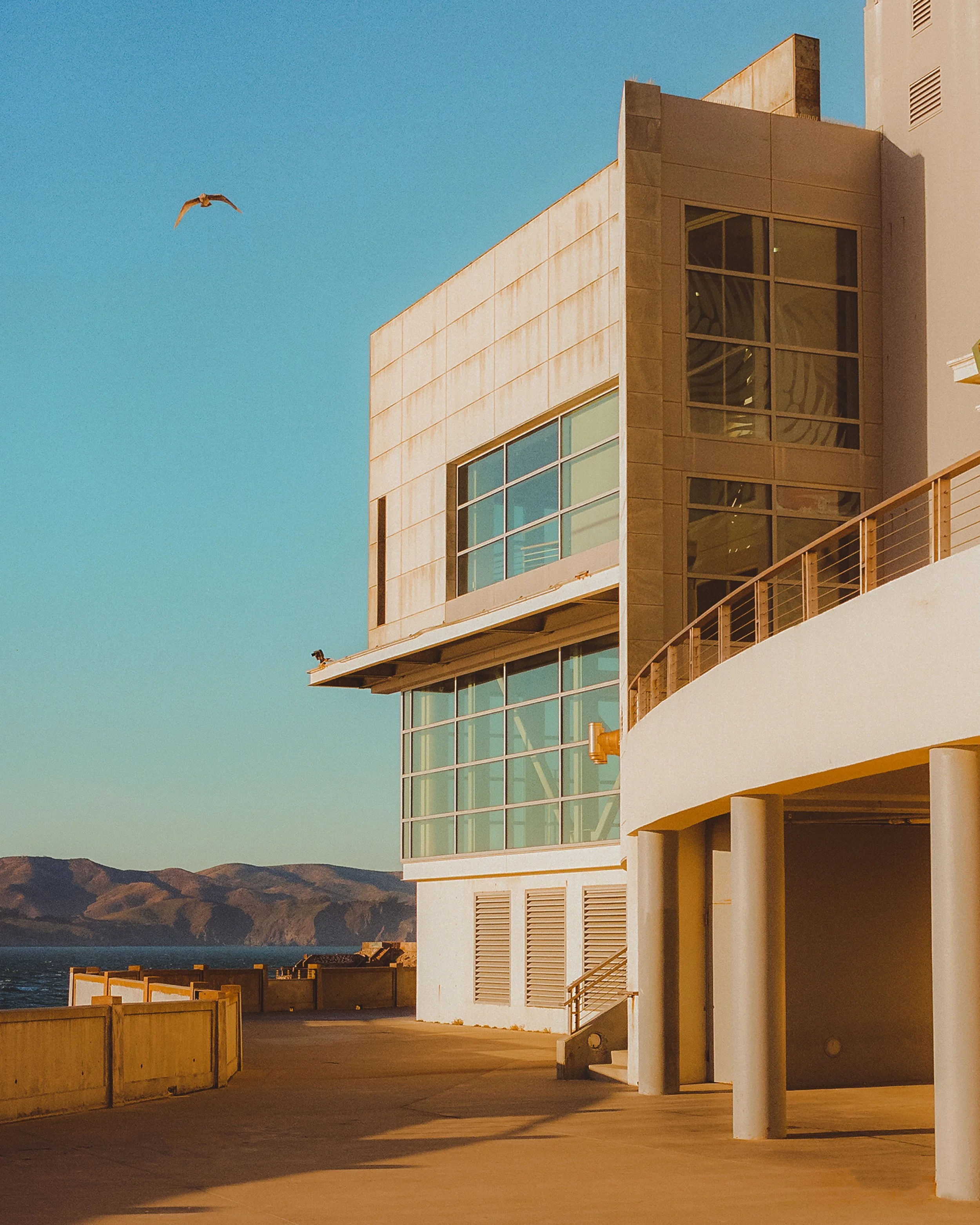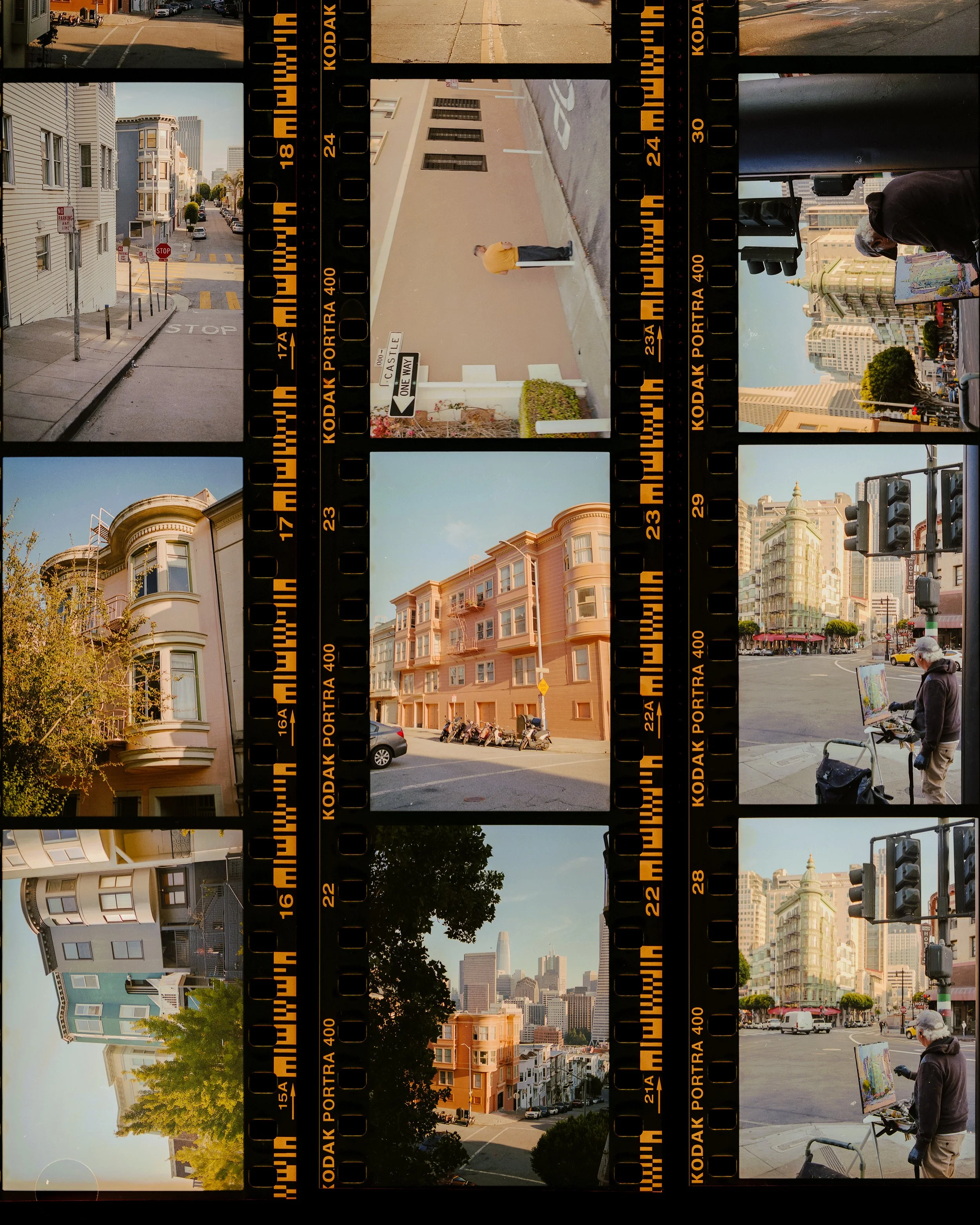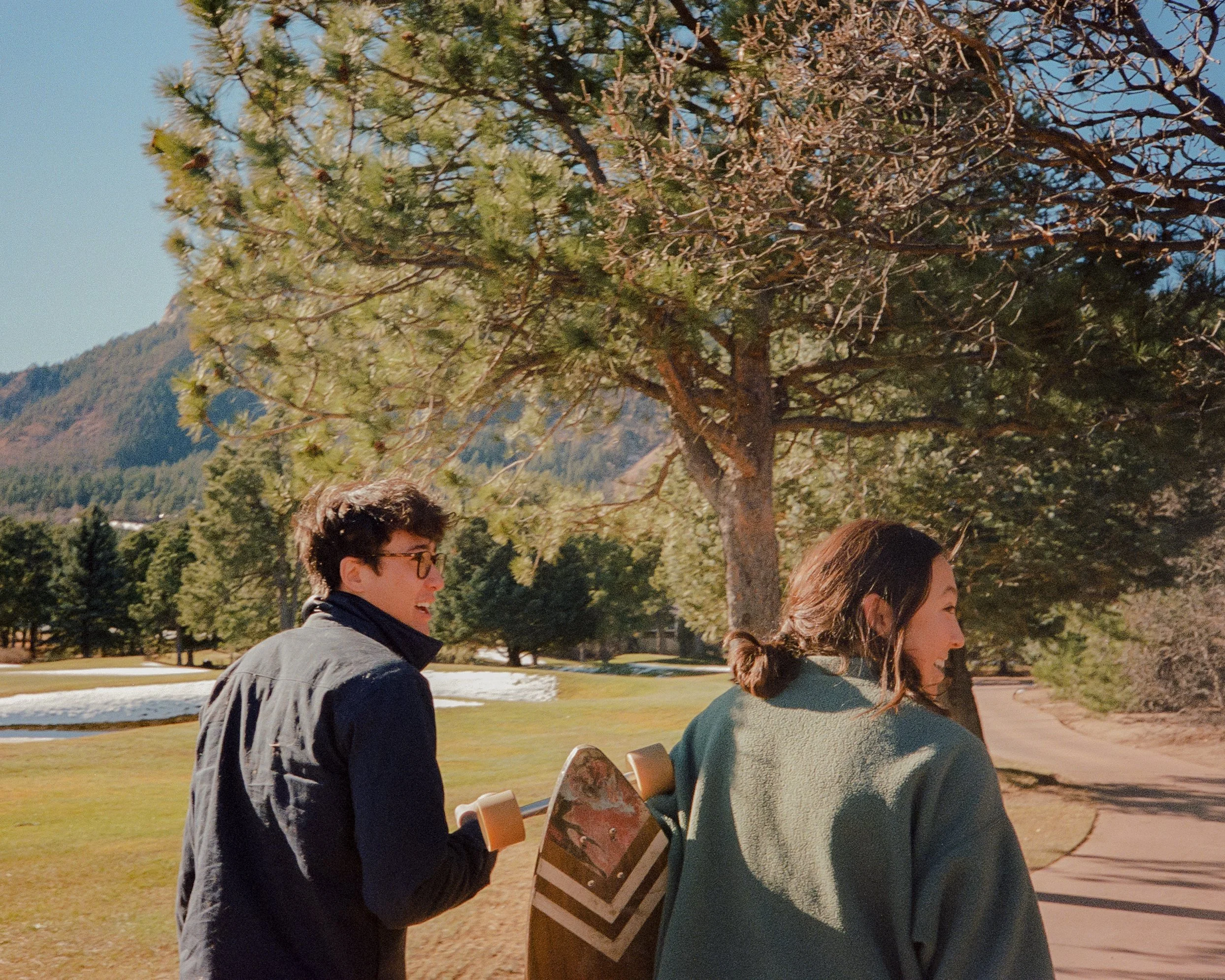BL Creator Interview - Alex Samuels
About BL Creators
Borrow Lenses Creators is a series of content pieces where we get personal with industry pros like photographers, cinematographers, creative directors and producers, among many other creative fields.
1. How would you define street photography? What makes it different from any other genre?
Street photography has a million and one definitions, making it one of the most intriguing genres for me in photography. I feel like I stumble onto a new one seemingly every week, whether it be while I’m out taking pictures myself or finding a new artist’s work that captures the street in a way I’ve never seen before.
One element that seems to reoccur most often though in my experience is a human presence/influence. This doesn’t always mean that a person is present in a photo, but there’s a human element in there somewhere. It can range from snapshots of children playing in the street to candid portraiture of proud homeowners in a city and from tiny human figures with a city backdrop (my personal interpretation) to cars backed up on a highway late at night.
Street is different because it can have so many facets of photography stuffed into its genre. It has portraiture, fashion, landscape, documentary, etc. all wrapped up under one limitless ceiling. There’s no standard definition and it has no rules. Perhaps the only rule is you should occasionally question your own opinion on what street photography might be, but... that’s just my opinion.
2. What is some bad advice you hear given to street photographers?
Anything that begins with “you’re doing it wrong if…” or some other similar variation. These statements are boxes and I believe you can’t enjoy your photography if there’s a debate in your head about right or wrong every time you’re choosing to click the shutter button. That stops the creative flow and prevents an artist from expressing themselves, which is especially relevant to street photographers.
3. What are some major mistakes you see beginners and even pros make?
The one mistake that I’ve seen and also continue to make myself is making assumptions about what it is you’re going to capture on any given day. This almost always leads to a letdown after you actually go out and take photos and can burn up motivation quickly. What’s the point in going if you’re not going to enjoy the photos you’ve taken?
While I value some light researching about what locations look like, their history, or what other photographers have created, I believe its always worth keeping in mind that you have absolutely no clue what you’re going to see and find - and that’s not just ok, it’s ‘ideal.’ By thinking about your photography excursions in this way, you’ll always have an open mind before, during, and after shooting. It keeps everything fresh and you intrigued! You’re not bogged down with assumptions and expectations and you’re free to create with whatever you have in front of you.
4. Is there a single photo that thrust you to the next level?
From what I can tell, one photo hasn’t been a difference-maker for me. However, I’d certainly say that creating multiple series of photos has been important in helping me reach a point where I really enjoy what I create. If I were to put a timeline on it, I would say it was a few months after moving to San Francisco that I found a groove in creating a series for each part of the city. It wasn’t intentional at the time, but I eventually caught on to my new habit and saw a positive shift in what I was making and the feedback I was receiving from friends and family.
Creating a series forces me to slow down and study more of the details in a singular scene (‘scene’ is a broad term for what makes up a location). I used to seek out that standalone shot, the one that would tell the whole story in one fell swoop. While it’s important to find that particular photo sometimes, more often than not it leads me to skip many photo opportunities. I’d encourage any photographer at any level to photograph ALL the details they can.
5. Who are some notable photographers that you learned from?
My learning experience has mostly been trial and error. Trying this and that while occasionally seeking out advice from my dad, who got me into photography in the first place. He took millions of film photographs when he was in his 20s and has traveled through places like Guatemala, India, and Indonesia with his camera - so I know he’s already been through plenty of trial and error and is worth heeding.
With all of that in mind, I think it was just viewing his photographs that helped me the most. He’s an industrious fella and would put himself right in the middle of things to get a photo he enjoyed. This is likely why I’ve gravitated toward the work of photographers like Slim Aarons, Joe Greer, and Dan Tom. All of them seem to know how to position themselves well in a situation and capture a scene that is only photographable through their efforts. This has led me to believe one of the most important aspects of taking a great photo is putting in the extra effort in whatever form that may be.
6. If you had to choose one lens for street photography, what would it be? Why?
Any 40mm lens. I love the versatility of it and the compositions it helps me create. The reason is that I like the subjects in my photos to feel like they’re an arm’s length away and the 40mm focal length helps do just that. It helps me combine the overall scene while still having a clear subject in the photo.
This of course isn’t the only focal length I enjoy as 50mm and various telephoto lengths give me access to compositions that I otherwise wouldn’t be able to achieve with a 40mm. So it’s not always the only lens I carry around with me, but if someone demanded that I only mount one lens to my camera for the rest of my life, a 40mm would be my choice.
7. Have you ever been confronted by a stranger you took photos of? If so, how did that go?
The answer is both yes and no. By yes, I mean I’ll often have folks come up to me with questions about the camera I’m using. Since I primarily use analog, most of the time it’s someone who used to photograph way back when on their own analog setup. We’ll often enjoy a chat and talk about why I’m still using film, if I like digital too, etc. From there, they’ll leave with their curiosity satisfied and there’s no mention of if I took a photo of them or not.
By no, I mean I’ve never been confronted by someone I took photos of. I don’t know if this is down to technique or sheer luck, but I do have a way of trying to capture people in my composition without them noticing. It mainly comes down to looking through my viewfinder at the scene I’d like to compose with the people already in it and then quickly shifting the lens upwards (in my mind it looks less like you’re taking a photo of someone if your camera is pointed up and far away) while keeping them in the bottom of my frame. I’ll keep an eye on them while they go about their business and then snap back to my composition when I believe they’re no longer focused on me.
If someone has continued to watch me then I’ll often pass on the photo, I’d rather assume that they really don’t want their picture being taken (my assumption is that they’ve been watching to make sure I don’t point my camera at them) than risk it and impose on someone’s day by making them uncomfortable. However, I’ve rehearsed the scenario in my head a million times since I believe it’s likely to happen someday, and I have always envisioned immediately asking them if its alright that they were in my frame. Even though we’re likely in a public place and anyone is fair game, I think being kind and asking if it’s alright is the best way to begin the interaction.
8. What are some tips for approaching or shooting strangers on the streets?
The previous question contains the bulk of my answer, which consists of composing, looking away, and then coming back again. Other tips though would center around being patient, if you really like a composition but want a person in the frame, then I’d encourage photographers to wait until someone else comes along. I’d also like to completely go against my last tip and suggest photographers walk around briskly and quickly. Take in as much as you can and try to find the ‘rythm’ of the street. If you’re goal is to capture what’s going on around you, then matching that energy will help you blend in a bit better and the scene will flow around you versus you sticking out too much.
One last tip I’d leave for people is to remember why they originally liked a composition and to keep that in mind. Was it the light, colors, clothing, sounds, smells, etc. that you noticed? Find that original draw and you’ll find the photo you want to take.










